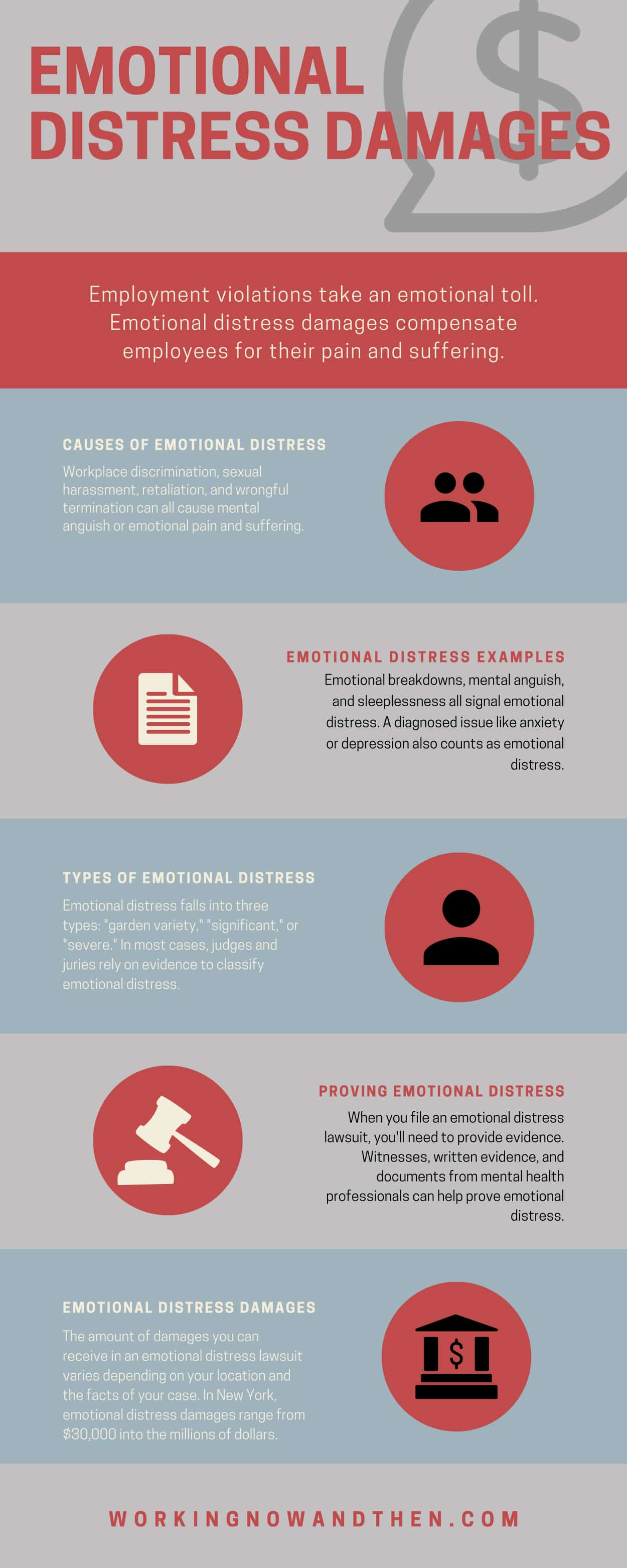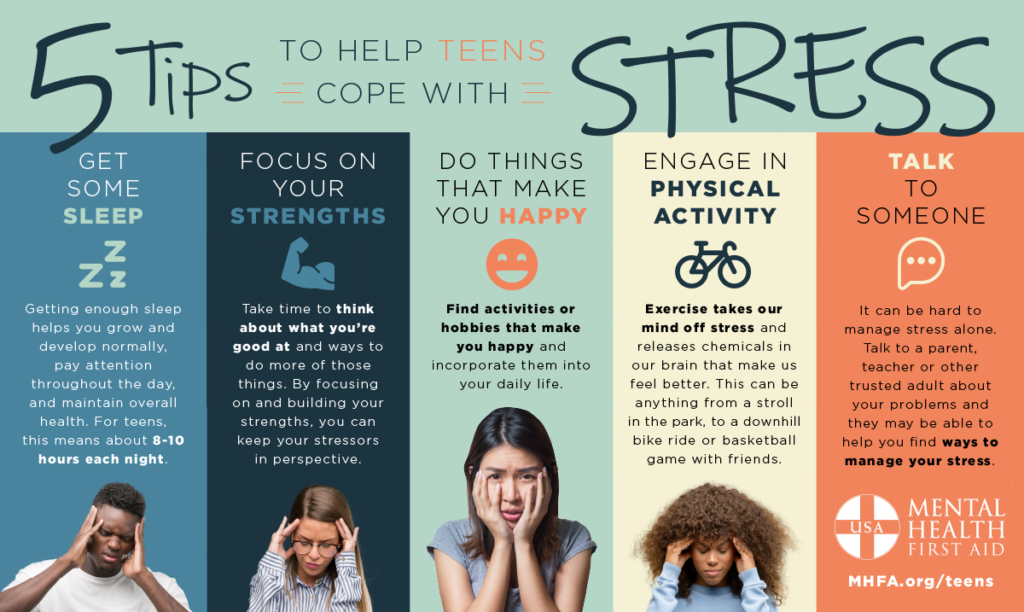Looking Good Info About How To Overcome Emotional Distress

When it all gets to be too much.
How to overcome emotional distress. You reduce your emotional distress by deciding to become a person who will experience less emotional distress: Show your loved one that you can be trusted to lend an ear and give support without passing judgment. Anger management programs and therapy are options for overcoming this emotional dysregulation.
Move your body in fun ways: You reduce your emotional distress by deciding to become a person who will experience less emotional distress: Breaking something expensive or timeless.
Your therapist can work with you to identify what's causing your emotional stress and develop. An individual's emotions are often tied to. A calmer person, a less critical person, a less.
Emotional distress is a state of mental anguish that may involve a variety of symptoms. , what is emotional and psychological trauma? 8 ways to cope with distress.
Stress can be incredibly disruptive to your physical health, as well as your. Emotions & shame. If you are stuck in a rut and can’t get yourself out, seek professional help.
If you’re more sensitive to emotional distress and are finding it difficult to cope with hardship or adversity, it’s important not to think of it as. Posted may 26, 2022reviewed by tyler woods. Counselors and mental health therapists are trained professionals who can find ways to help you cope,.
Medically reviewed by majesty purvis. Find a therapist to overcome stress. Help your body shed the.
On any given day, you probably experience a range of emotions —excitement,. Six tips for overcoming emotional stress. Identifying symptoms of emotional stress.
Try to avoid false beliefs that lead to more suffering. A calmer person, a less critical person, a less. How to identify and manage your emotional triggers.
Go surfing, go for a run, breathe deeply, laugh till your stomach hurts, get a massage, walk, skip, or kickbox, etc. Updated january 3, 2024 by betterhelp editorial team. Childhood trauma and the risk of future trauma.


















